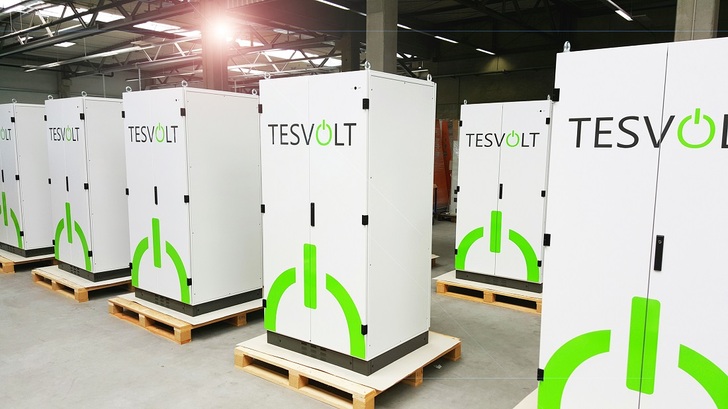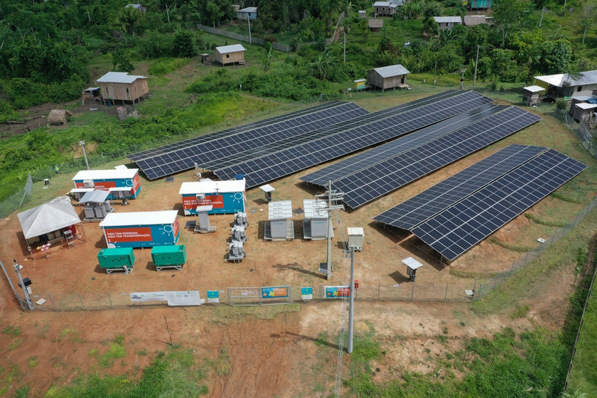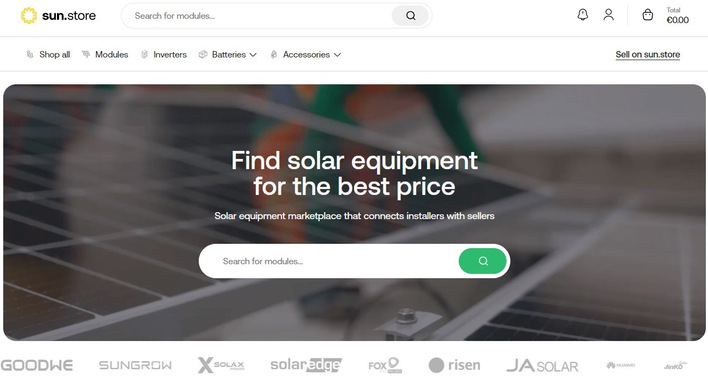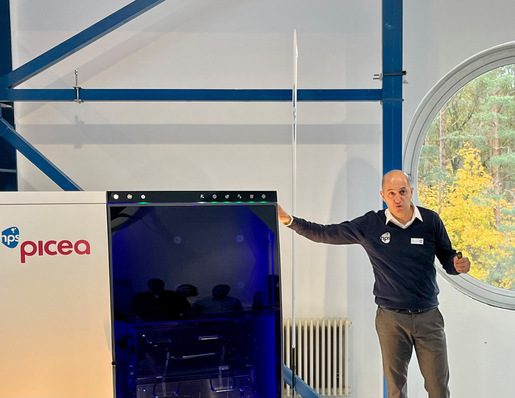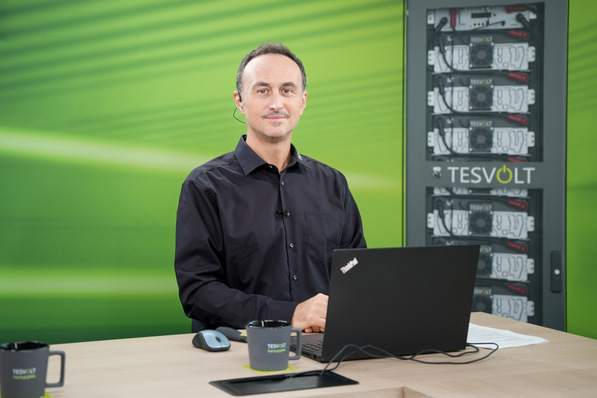“Owing to massive cost reductions, Li-ion technology is now leading lead-acid batteries in the power storage category; it is even challenging sodium sulphur and flow for long-duration storage”, Marianne Boust, Principal Analyst, IHS Technology says.
Improved supply chain and competition drives down costs
IHS estimates that 90 percent of the utility-side of meter energy storage projects tracked are based on Li-ion battery technology. Underpinning the rapid cost reduction is the build-up of the supply chain for batteries in the auto and power sectors. Competition between China’s BYD, GCL, South Korea’s Samsung SDI, LG Chem and Japan’s Panasonic is intensifying. In the residential space GCL has launched a battery system at $450/kWh (excluding inverter) in Australia, nearly matching Tesla’s announced price of $3,000 for a 7kWh system.
Li-ion also gaining traction in the grid-scale market
Li-ion is also gaining traction in the grid-scale market for longer duration, which has been historically dominated by sodium sulfur and flow batteries. IHS has observed grid-scale batteries prices for delivery in 2016 around $400/kWh to $500/kWh, including warranty and management system, with a further 30 percent reduction in the next 18 months. Nonetheless, flow battery manufacturers are scaling up their ambitions and betting on superior lifetime of flow battery technology. Although lead-acid technology continues to be used in emerging markets where lack of financing is the biggest barrier, IHS is seeing the lead-acid market share shrinking in developed countries, owing to the superior performance of Li-ion in terms of response time and longer life.
Surge in behind-the-meter installations including UK and Germany
While equipment costs keep falling, policies favorable to energy storage are being implemented in a larger number of countries as the U.S. and South Korea, driving up new demand in the power sector. Driven by a surge in behind-the-meter installations in the United States, Australia, the United Kingdom, and Germany, IHS has revised our outlook for 2016 upwards to 1.8 GW, from 1.5 GW in the previous forecast. Energy storage pipeline advances are led by the United States, China and South Korea. Roughly 300 megawatts (MW) or 500 megawatt-hours (MWh) of utility-side meter energy storage projects came online during the first half of 2016. (HCN)
Related news:

